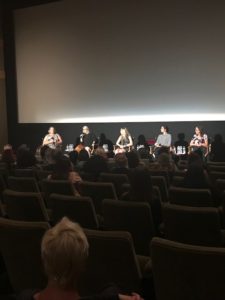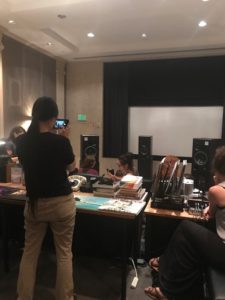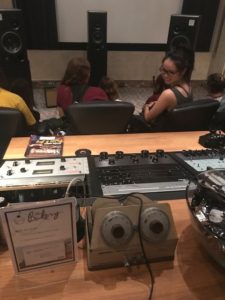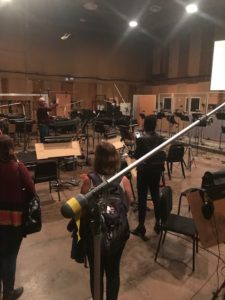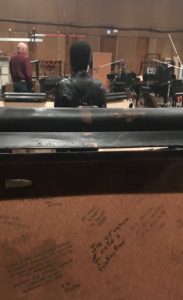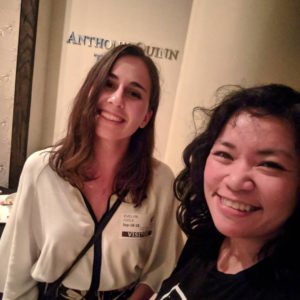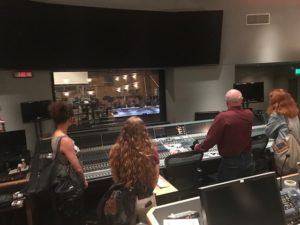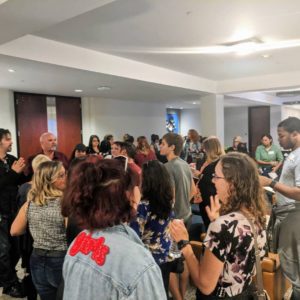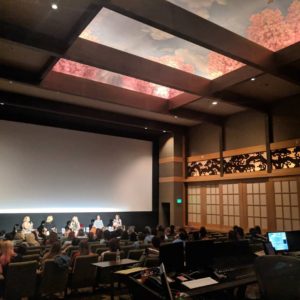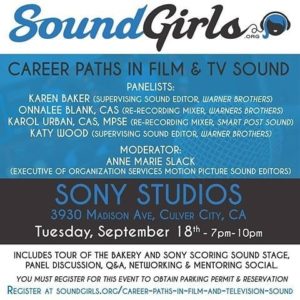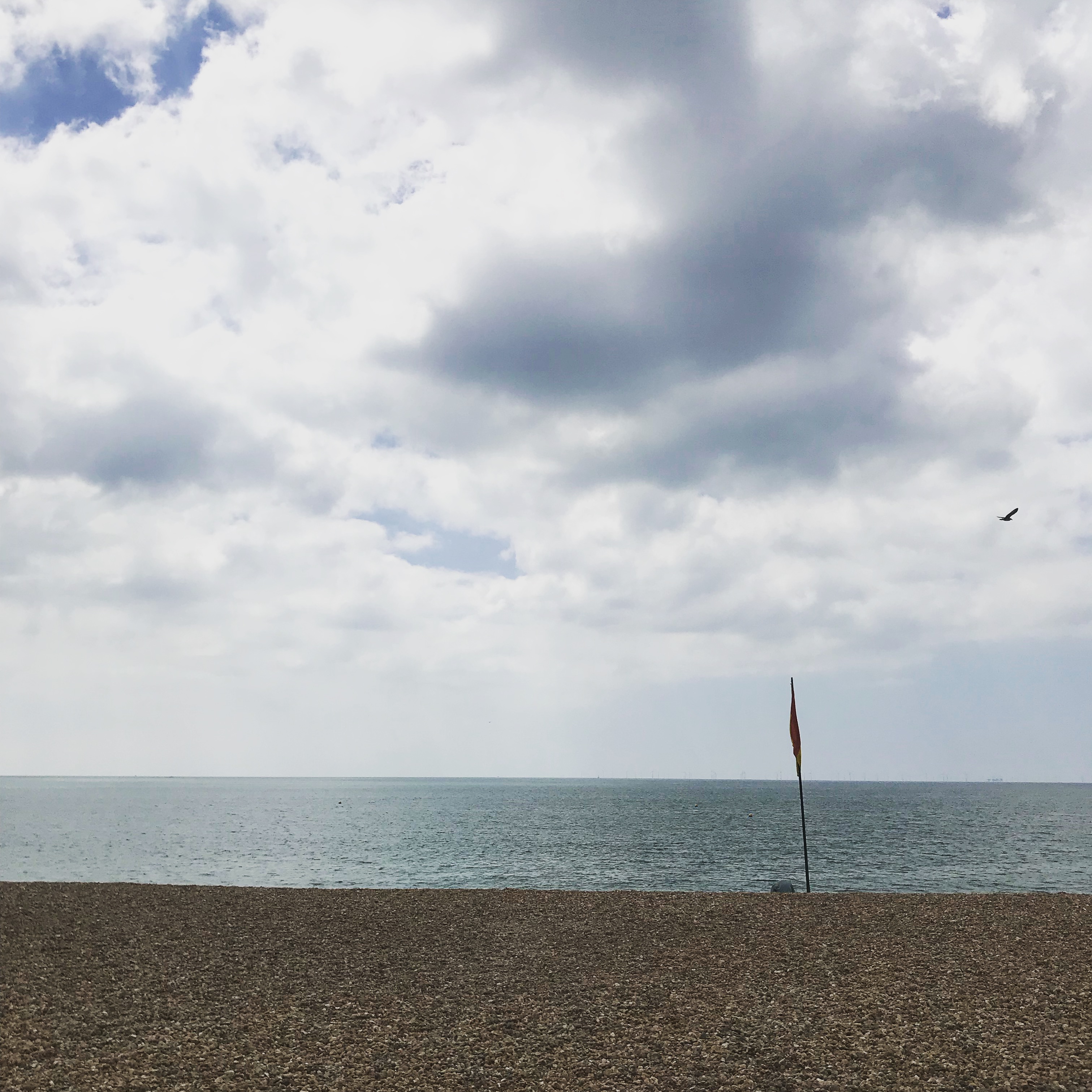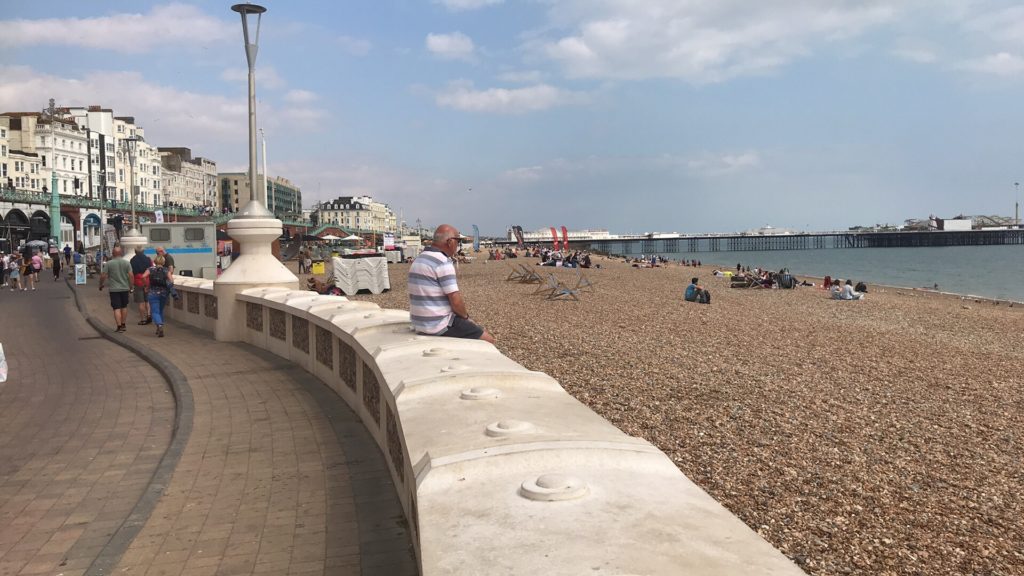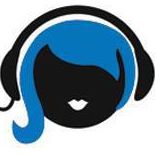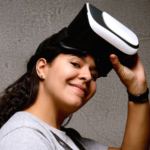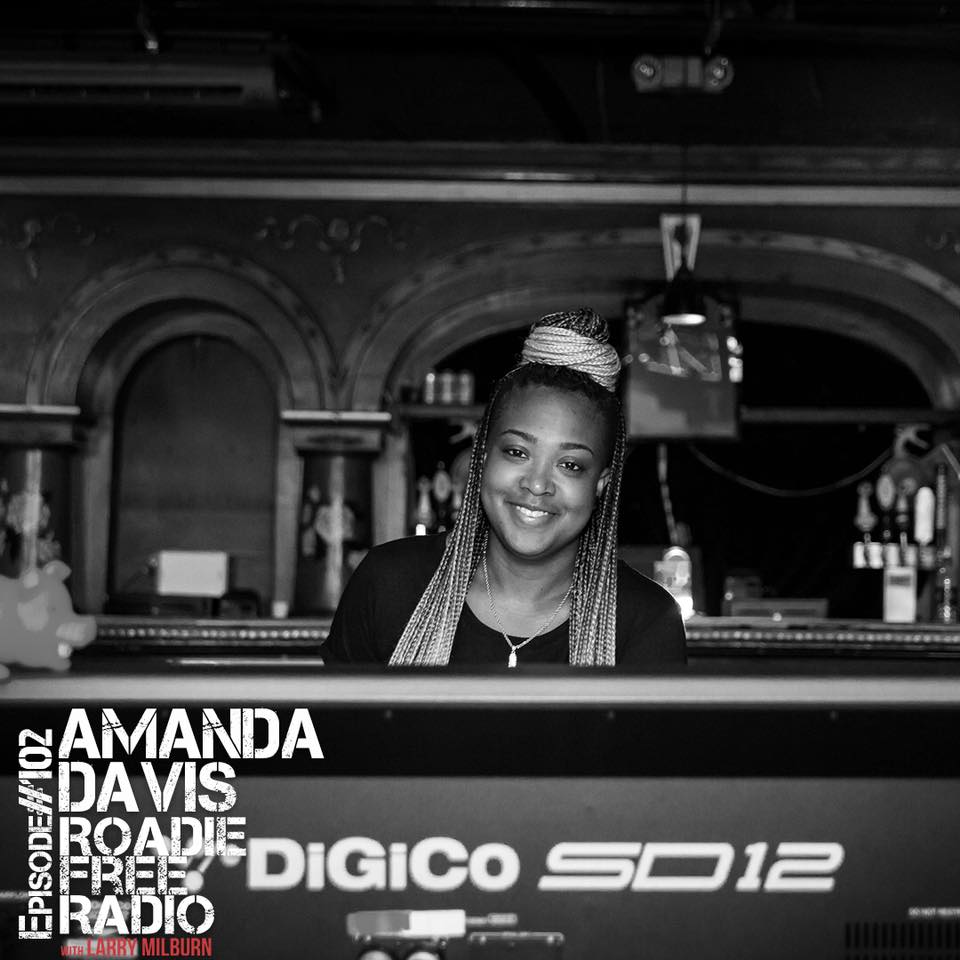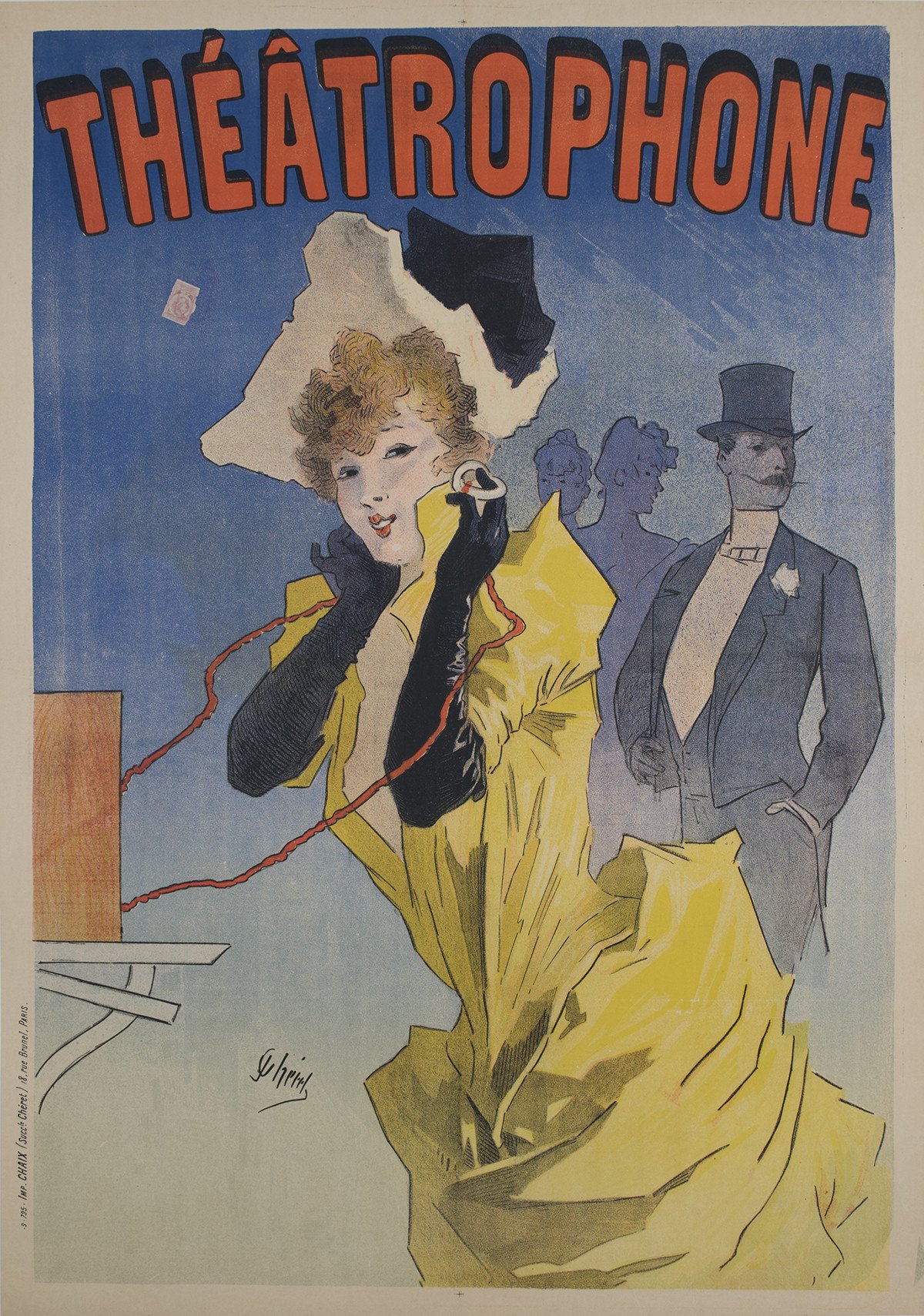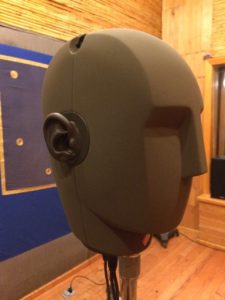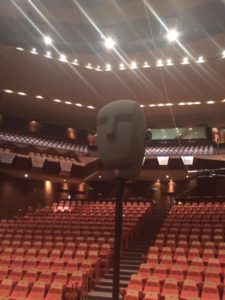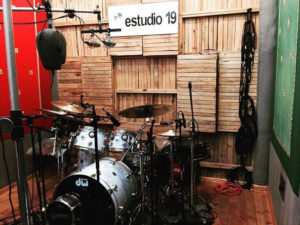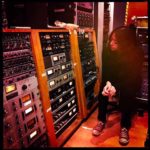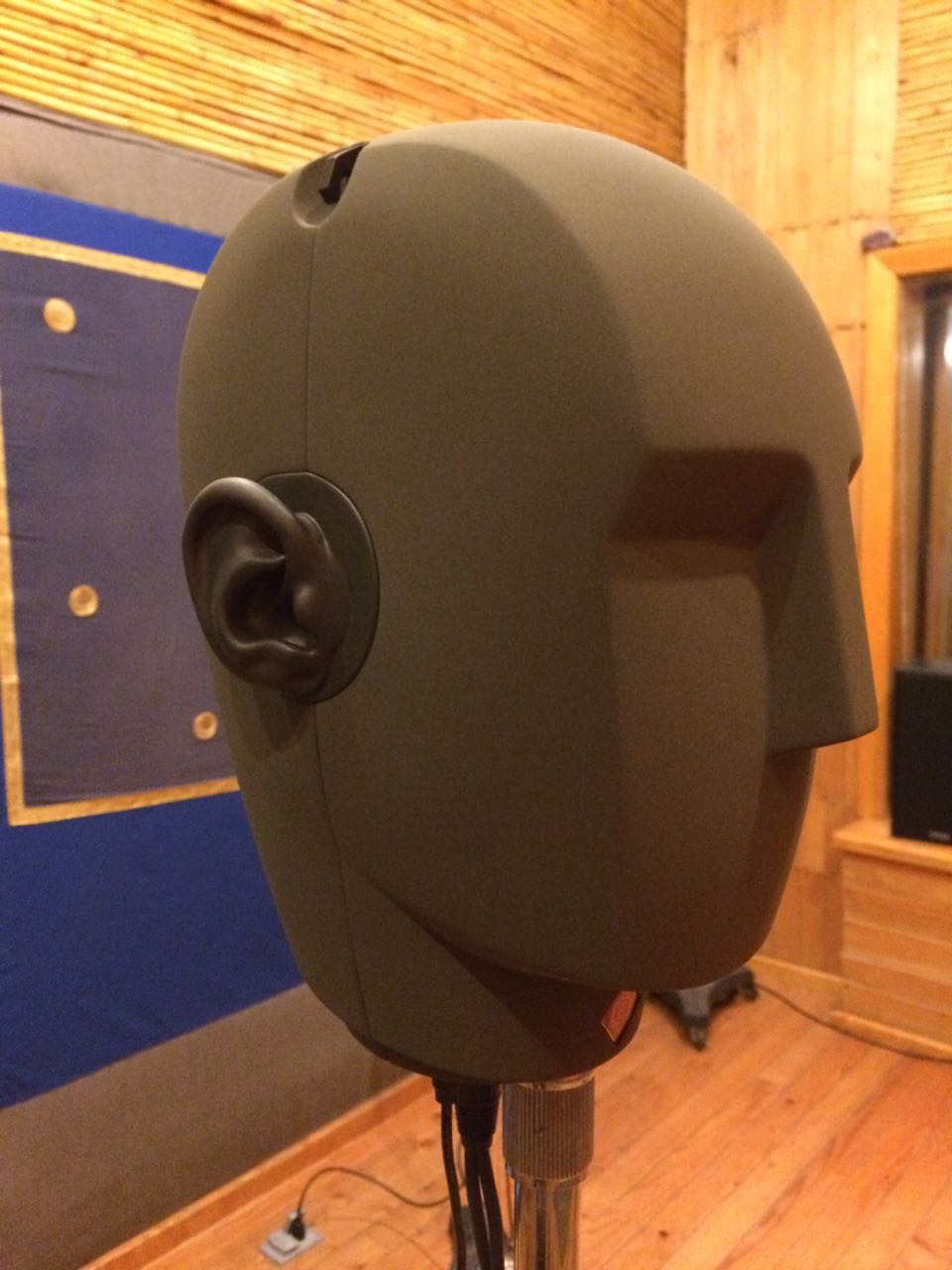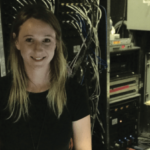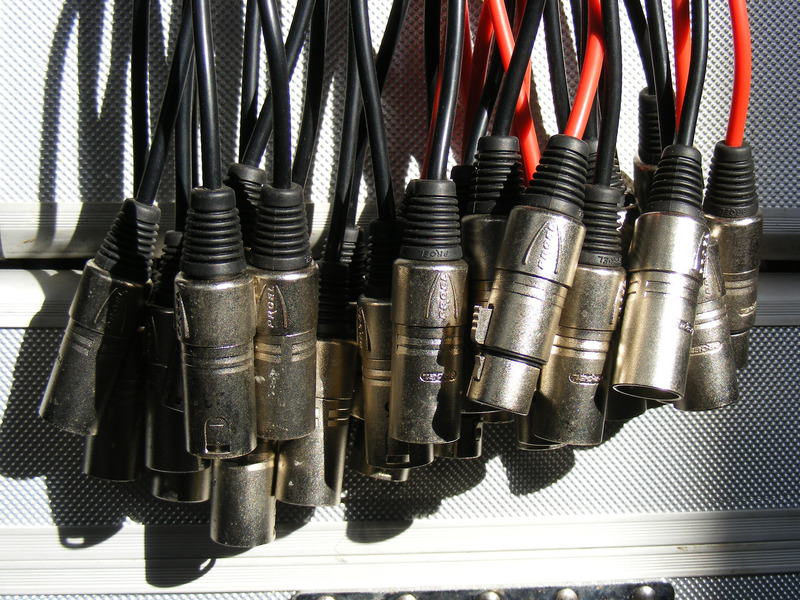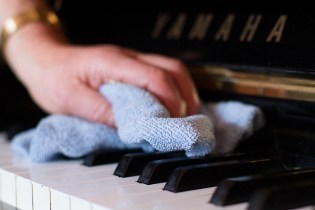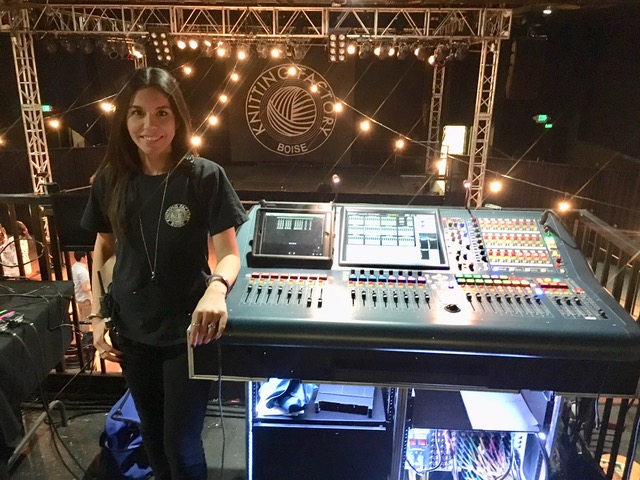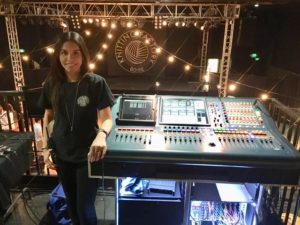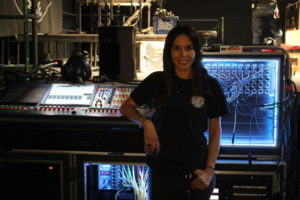
Career Paths in Film and TV – Highlights
“It’s ok to be wherever you are in your career. There’s no “right” way to get to certain jobs.”
SoundGirls recently held an event on Career Paths in Film and TV Sound at Sony Studios in Los Angeles. The main theme of the night was how to get past the early hurdles of a career – whether it’s trying to get started in post-production or how to build a career when you’re not where you want to be yet. The panelists were Karol Urban, Onnalee Blank, Kate Finan, and April Tucker. Anne-Marie Slack moderated the discussion.
Each of the panelists had different experiences and paths how they got to their current day careers. What was interesting is there were a lot of similarities in the lessons they learned along the way and their philosophies about work and the industry.
Onnalee used persistence and creativity to land her job on Game of Thrones.
Karol talked about the power of networking to find work. When Karol came to LA, she met with people she had connected with before she moved. Volunteering with the Cinema Audio Society helped her meet professionals she might not have had access to otherwise.
Kate talked about the importance of having experience at a professional studio for someone in the field today. There’s a lot of opportunities to work on your own (and value to learning on your own), but there are other skills needed in a studio environment. When you’re self-trained, it can be harder to adapt to the technical needs of a studio, to workflows, or even know studio etiquette.
Anne (who co-owned a post-production studio for almost a decade) said it’s good to show job history for an entry level position even if it’s not audio-related. Even if you’ve worked at Starbucks, it shows you have the work ethic and experience of working with a company.
April talked about the importance of taking jobs with good learning opportunities even if it’s not exactly on the path you want to go. April’s first studio job was assistant scheduler which allowed her to work up to machine room operator, ADR & Foley engineer, sound editor, and mixer.
The audience had a lot of questions about specific career choices, but there was a common thread: What can I do to get where I want to go with my career? The panel all talked about the importance of making connections – to get to know people and ask for advice or guidance (versus asking for work). Onnalee suggested looking for companies with a reputation for supporting women. Kate said she started her business in part because she wanted to work with and help support women in the field.
One takeaway we heard from a number of women in attendance was that it’s ok to be wherever you are in your career. There’s no “right” way to get to certain jobs. An audience member asked a great question: “What do you need to do differently now to get started than when you all got in the field?” It’s no longer about working at a prestigious facility or a major studio. You can work on great content or get credit on a show or movie that turns out to be popular or win awards. It’s always in hindsight that you can see the path.
SoundGirls would like to thank our panel:
Anne-Marie Slack, Executive of Organization Services for Motion Picture Sound Editors (MPSE)
Karol Urban, CAS, MPSE – Re-Recording Mixer
Onnalee Blank, CAS – Re-Recording Mixer, Formosa Group
Kate Finan, MPSE – Supervising sound editor and co-owner, Boom Box Post
April Tucker, CAS – Re-recording Mixer
We’d also like to thank Sony, Tom McCarthy, Timothy Kuzniar, Lane Burch, Gredel Berrios, Steve Urban, Jett Galindo and Jaymes Quirino of the Bakery, Bill Dannevik for filming, and our volunteers.
